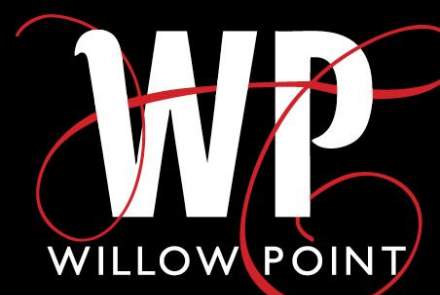The Lower Murray region refers to the lowermost part of the Murray River system, extending from the South Australian-Victorian border to the Murray Mouth near Goolwa in South Australia. This area is characterized by a stretch of flood plains, wildlife-rich wetlands and towering limestone cliffs, making it one of South Australia's most diverse environmental areas.
Historically, the Peramangk, Kaurna, and Ngarrindjeri peoples were among the region's original inhabitants. They used the river as a source of food and transport and treated its surrounding lands as sacred places.
European occupation began in the 19th century, leading to the establishment of settlements and rural industries, including an expanding orchard and field-crop industry. Some of the area's towns, such as Mannum and Murray Bridge, played significant roles in the riverboat trade.
Environmentally, the region supports a wide range of vegetation communities and is recognized for its significant wetlands, including the Ramsar-listed Coorong and Lakes Alexandrina and Albert Wetland. It provides habitats for many species of native birds, mammals, fish, and reptiles.
The health of the Lower Murray region has been compromised due to historically high levels of irrigation and water extraction upstream, lean years of drought, and the effect of climate change. In recent years, efforts have been made to restore and improve the condition of the river system and its adjoining habitats.
Economically, the Lower Murray region is crucial for the state's horticultural industry and tourism. Its picturesque landscapes, historic towns, unique river ecosystem, and recreational opportunities attract many outdoor enthusiasts, photographers, bird watchers, and history buffs.


